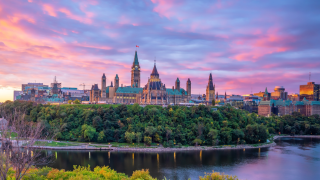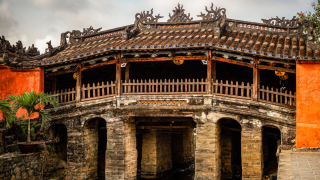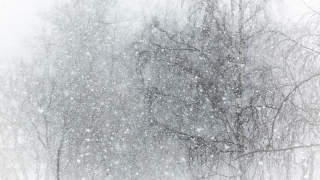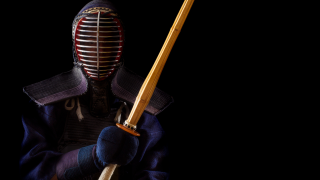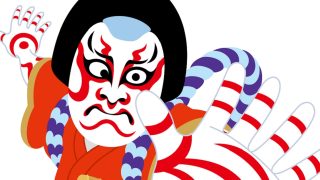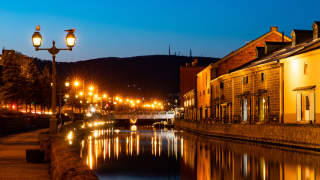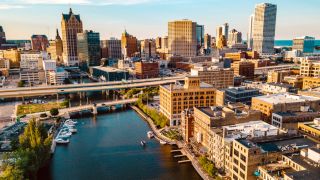 LOANWORD
LOANWORD Why Milwaukee Has No Kanji: How Japanese People See the City
In Japanese, Milwaukee has no kanji transcription and is represented exclusively in katakana. While less famous than cities like New York or Los Angeles, Milwaukee is remembered in Japan for its beer heritage and sports teams, especially the NBA’s Milwaukee Bucks. This dual identity gives the city a distinct presence in Japanese perception.

